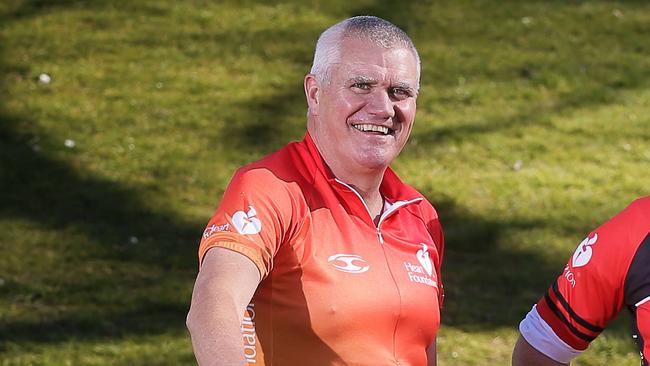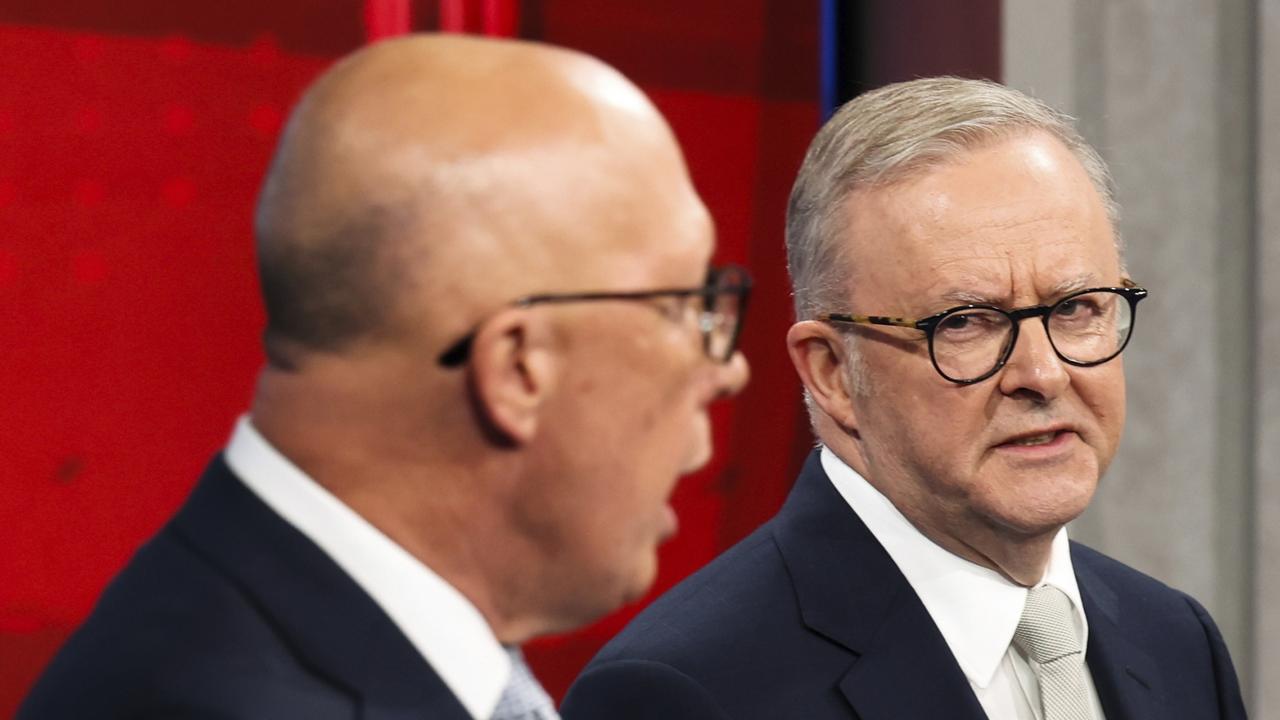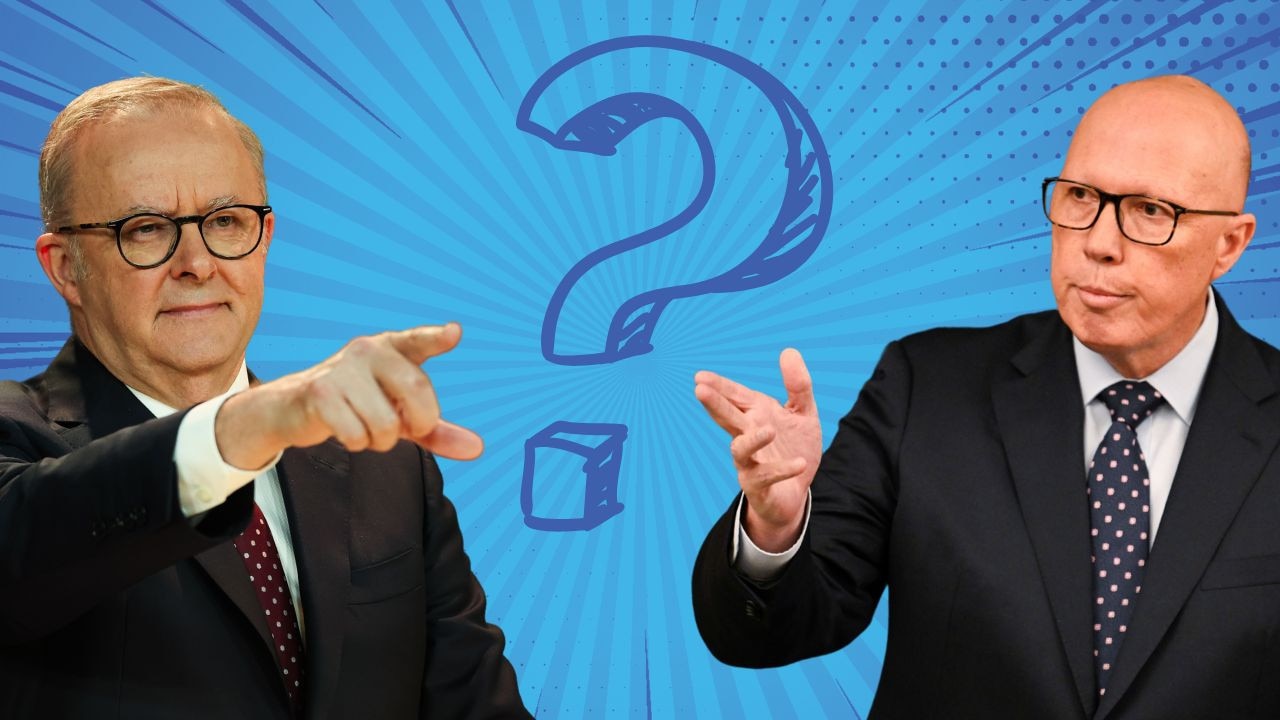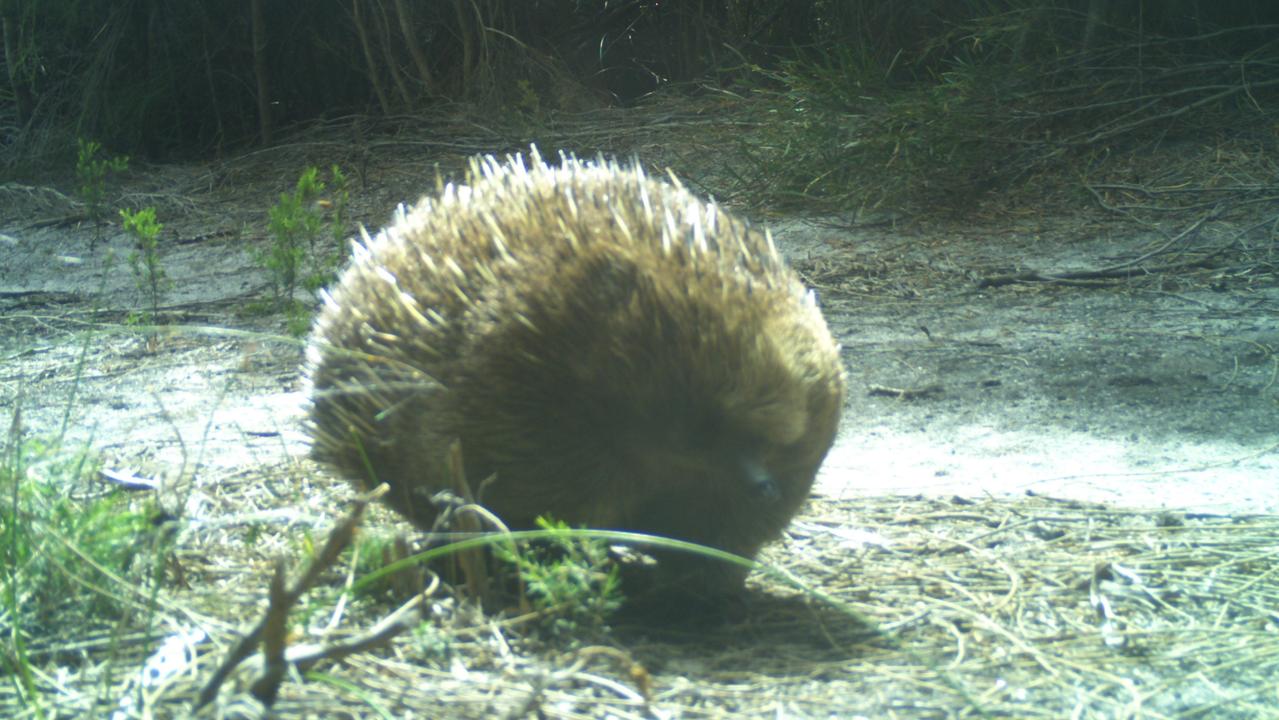Bid for pay to leave cars home
TASMANIA’S workforce would be paid to leave their cars at home under a plan to ease traffic jams and boost health.

TASMANIA’S workforce would be paid to leave their cars at home under a plan to ease traffic jams and boost health.
The head of the Premier’s Physical Activity Council is in talks with the State Government about ways the Commonwealth could address tax barriers for workplace health and wellbeing programs.
Graeme Lynch, who is also chief executive of the Tasmanian division of the Heart Foundation, said all levels of government needed to find ways to encourage the take up of both “active transport” — walking and cycling — and public transport.
He said changes to the fringe benefits tax scheme would encourage business and government departments to help pay for workers’ bus fares.
“Employees would receive a financial incentive to use public transport,” he said.
Mr Lynch said the plan would need the Commonwealth to exempt the scheme from fringe benefits tax.
The public transport push follows a plan, revealed by the Mercury last week, by the Tasmanian Council of Social Service and the Community and Public Sector Union to offer salary sacrifice sweeteners to Tasmania’s public servants to catch the bus to work.
Mr Lynch applauded the move, but said financial incentives needed to be extended to those working in private enterprise.
He said the Premier’s Physical Activity Council had begun negotiating with the government about addressing tax barriers that deterred employers from paying for workers’ gym membership and subscriptions to sport clubs.
Mr Lynch said Tasmania’s aim of becoming the healthiest state by 2025 meant all levels of government needed to consider ideas that encouraged activity — whether it be cycling to work or walking to a bus stop.
He said employers that helped pay for workers’ public transport or sporting costs would reap the benefits through improved productivity and less sick leave.
“More active workers are also going to be more effective and have greater output when they are at work,” he said.
The State Government is under pressure to solve Hobart’s traffic gridlock, and is being lobbied by organisations to bolster bus patronage.
Submissions to the State Government’s Transport Access Strategy, which is seeking ways to better co-ordinate transport services across the state, have also called for more funding for public transport in Tasmania.
Anglicare’s submission says Tasmania’s per capita funding is the lowest in Australia, and recommends the Government increase the level of funding from the current $200 per capita a year to $300 per capita.
Meg Webb, head of Anglicare’s Social Action and Research Centre, said Tasmanians on low incomes were more reliant on public transport for employment, study and social engagement.
“We have to think of the connection between transport and good community outcomes, such as health, employment, education and social cohesion,” she said.
Anglicare’s submission says the Government needs to stop driving for “efficiencies” and accept that the state’s bus system is a service that needs government support.
It says many vulnerable Tasmanians have become resigned to “diminishing timetables and routes in the name of ‘efficiency’ ”.
Anglicare also says the cost of a family travelling on buses can be prohibitive, and recommends the introduction of family concessions on buses.
The Heart Foundation’s submission says the built environment needs to better accommodate active travel and public transport.
The Foundation recommends amending the Tasmanian subdivision guidelines to properly cover pedestrian and cycling requirements.
“We would like to see guidelines for new subdivisions changed to become less car-centric,” Mr Lynch said.
He said the changes would be slow, as 50 years of planning in cities’ outer fringes had resulted in a lack of footpaths and safe pedestrian access to bus stops.
The Heart Foundation would also like more co-ordinated planning to ensure there were fewer obstacles in the way of pedestrians and cyclists, such as power lines, fire hydrants and traffic signs.
Originally published as Bid for pay to leave cars home



